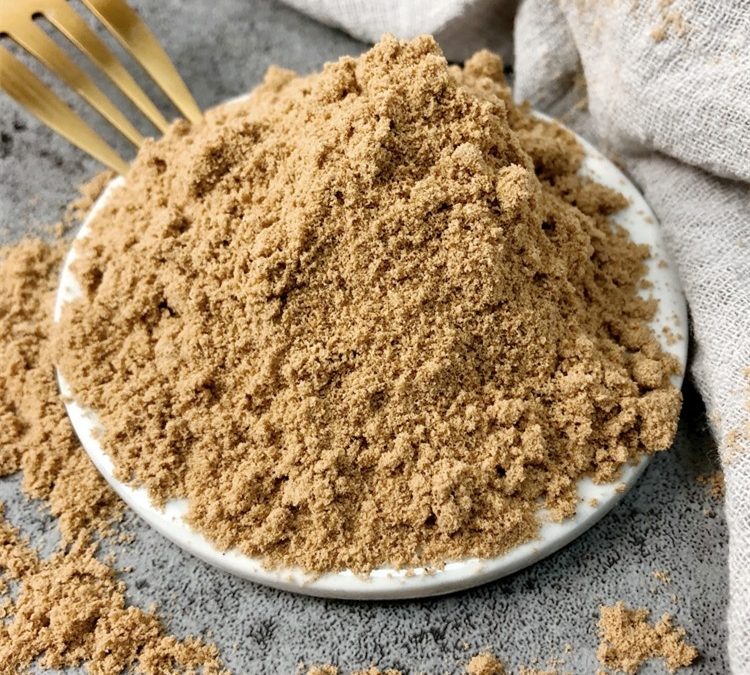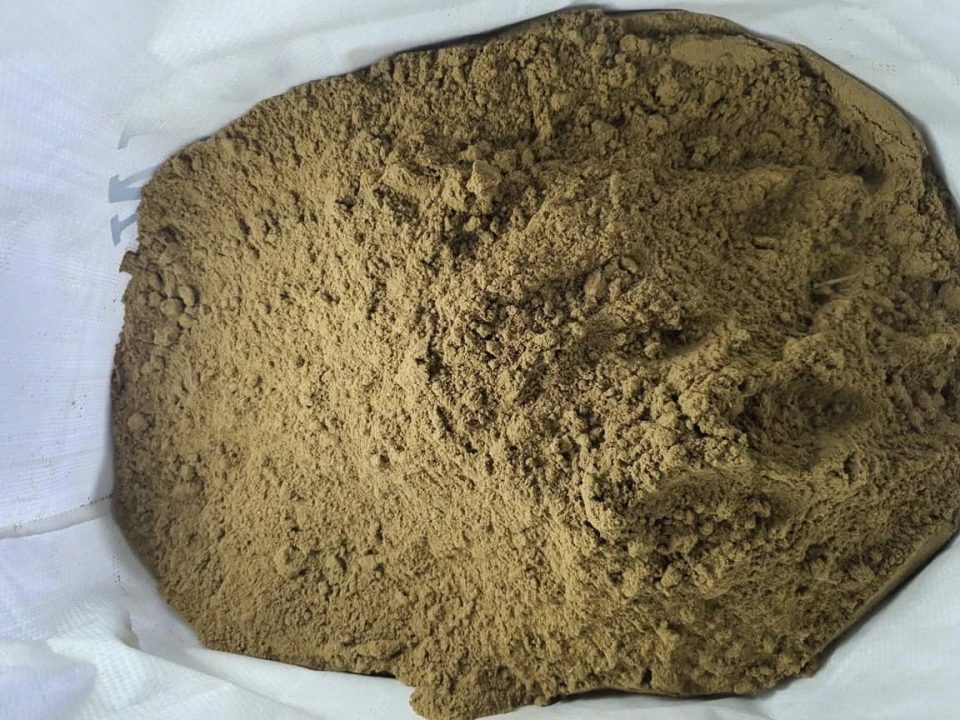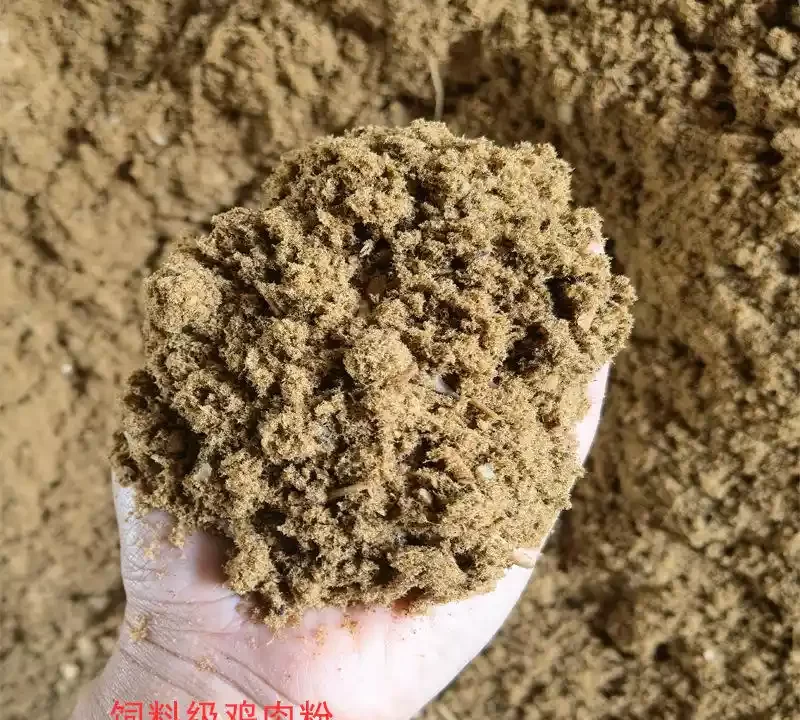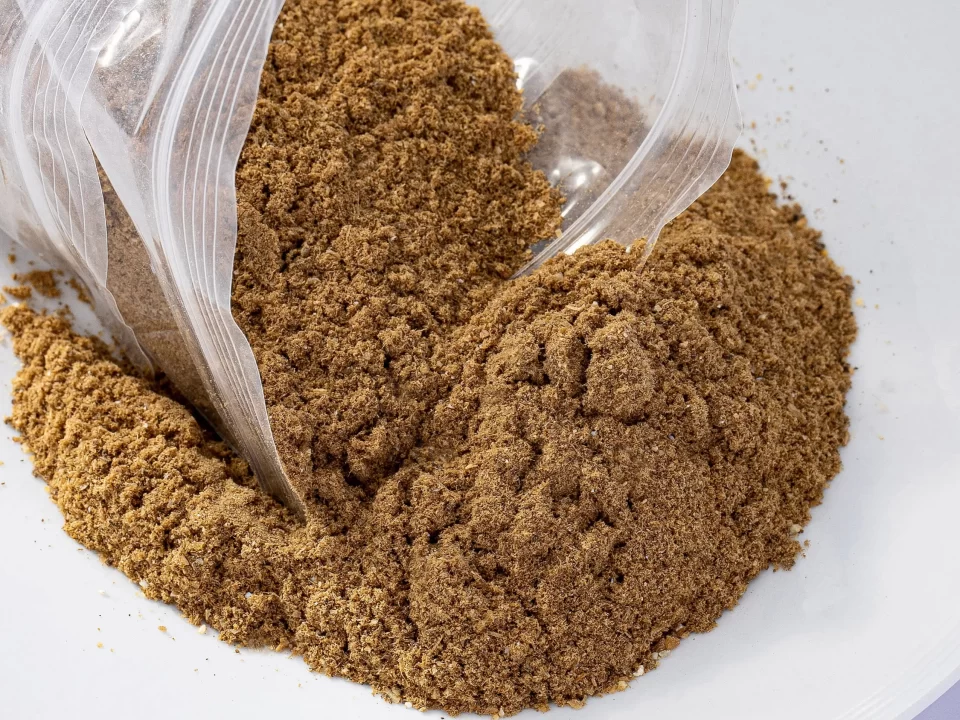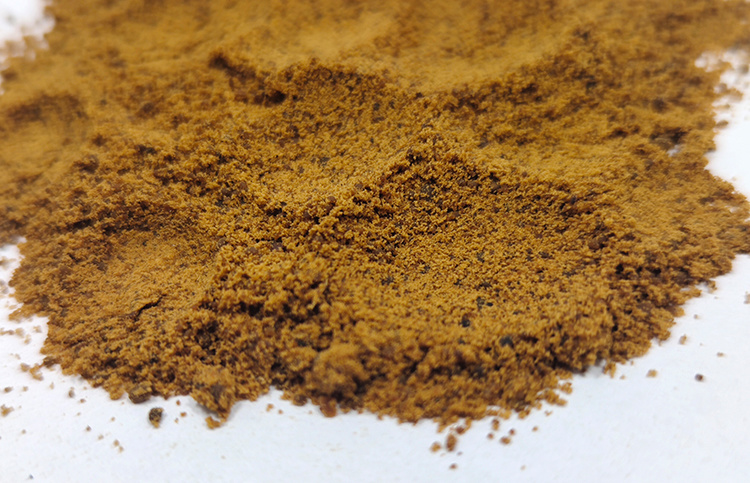Raw Material Specifications for High-Quality Chicken Meal Powder in Pet Feed

Chicken Meal Powder for Pet Feed
September 27, 2025
Studies on Protein and Amino Acid Digestibility of Chicken Meal Powder in Pet Species
October 10, 2025Raw Material Specifications for High-Quality Chicken Meal Powder in Pet Feed
Producing chicken meal powder that meets high-quality protein standards, such as those defined by the Association of American Feed Control Officials (AAFCO), requires stringent control over raw materials to ensure nutritional integrity, digestibility, and safety. AAFCO’s definitions emphasize “clean” sources derived from slaughtered poultry, excluding contaminants that could compromise protein quality or introduce health risks. The goal is to achieve a minimum 50% crude protein (on an as-fed basis) in the final product, with balanced minerals and low indigestible residues, while remaining free from prohibited materials like those from 4D (dead, dying, diseased, or disabled) animals.Raw materials for chicken meal must originate from whole carcasses or parts thereof, focusing on flesh and skin to maximize protein concentration. The rendering process— involving grinding, cooking, pressing, and drying—concentrates nutrients but demands precise input specs to avoid excesses in bone (which elevates calcium), feathers (which reduce digestibility), or residual fat (which dilutes protein). Below, I outline the key specifications, drawing from AAFCO’s official definitions and industry practices. These ensure the powder is suitable for pet feed, supporting muscle development, immune function, and overall vitality without allergens or toxins.1. Core Raw Material RequirementsAAFCO defines Chicken Meal as: “The dry rendered product from a combination of clean flesh and skin with or without accompanying bone, derived from the parts or whole carcasses of chicken, exclusive of feathers, heads, feet, and entrails. It shall be suitable for use in animal feed.”
- Source: From healthy, humanely slaughtered chickens (Gallus domesticus). Whole carcasses or muscle/skin-heavy parts (e.g., breasts, thighs) preferred over trimmings to boost protein yield. Must be fresh or frozen, with traceability to certified farms adhering to USDA or equivalent biosecurity standards.
- Cleanliness: Free from visible dirt, blood clots, or adulterants. Pre-processing wash in potable water (pH 6.0-7.5) to remove surface contaminants.
- Prohibited Origins: No materials from 4D animals, as raw inputs from diseased or disabled poultry are banned for pet food to prevent pathogen transmission (e.g., Salmonella, avian influenza).
Also excluded: roadkill, euthanized birds, or non-slaughter sources
The table below summarizes raw material composition limits:
|
Parameter
|
Specification
|
Rationale for Quality Compliance
|
|---|---|---|
|
Flesh and Skin Content
|
Minimum 70-80% of raw input (by weight, pre-rendering)
|
Ensures high protein base (amino acids like lysine >3.5%); aligns with AAFCO’s “clean flesh and skin” focus for >50% final crude protein.
|
|
Bone Inclusion
|
0-25% of raw input (ideally <20% to control Ca); no limit in AAFCO but capped by final Ca max 2.5%
|
Bone adds minerals but excess (>25%) risks mineral imbalance (Ca:P >2.2:1) and reduced digestibility; industry targets 10-15% for optimal bone health in pets without constipation. |
|
Feather Inclusion
|
0% (exclusive per AAFCO); <0.1% unavoidable traces allowed in processing
|
Feathers are indigestible keratin, lowering protein quality (pepsin indigestible residue >12% violates general meal standards); exclusion prevents allergies and maintains >90% digestibility. |
|
Other Exclusions
|
Heads, feet, entrails, beaks, blood, manure, rumen/stomach contents
|
Prevents contaminants like pathogens or low-value proteins; ensures “suitable for animal feed” per AAFCO. |
2. Fat Removal Efficacy in RenderingFat removal is critical during rendering to concentrate protein and prevent rancidity, which could degrade omega fatty acids essential for pet skin health. AAFCO does not prescribe exact removal efficacy but implies it through final product guarantees: maximum 15% crude fat for Chicken Meal (or minimum 2.5% for Poultry Meal to ensure palatability).
The process involves hydraulic pressing post-cooking (at 220-250°F for 20-30 min) to separate tallow-like poultry fat.
- Raw Input Fat: <20% (from lean cuts); excess fat trimmed pre-grinding.
- Removal Target: 80-90% efficacy, yielding 10-15% residual fat in final powder. This is achieved via continuous screw presses (pressure 500-1000 psi) and centrifugation, filtering out >95% free lipids.
- Quality Check: Peroxide value <5 mEq/kg post-drying to confirm oxidative stability; acid value <10 for fat purity.
Failure to meet this (e.g., >15% fat) dilutes protein below 50%, violating AAFCO and reducing energy density for pets.
|
Rendering Stage
|
Fat Content Target (% of total)
|
Efficacy Metric
|
Compliance Link to AAFCO
|
|---|---|---|---|
|
Pre-Grind Raw
|
<20%
|
Visual/chemical assay (ether extract)
|
Ensures clean input for rendering
|
|
Post-Press
|
5-10% (semi-moist cake)
|
>85% separation via press
|
Supports max 15% final fat
|
|
Final Powder
|
10-15%
|
Acid hydrolysis test for crude fat
|
Min protein concentration (>50%)
|
3. Ensuring Freedom from Prohibited MaterialsAAFCO mandates that chicken meal be “suitable for animal feed,” implicitly excluding adulterants that pose risks like heavy metals, antibiotics, or prions. Prohibited materials stem from FDA/AAFCO regulations under the Federal Food, Drug, and Cosmetic Act, prohibiting unfit ingredients.
- 4D Animals: 100% exclusion; raw materials must come from inspected, ante-mortem inspected slaughter facilities. No downer animals, euthanized birds, or those with reportable diseases (e.g., avian flu).
- Other Prohibits: No added hair, hooves, horns, hide trimmings, manure, or non-poultry adulterants (e.g., mammalian materials in poultry meal to avoid BSE risks). Feathers, as noted, are banned beyond traces.
- Verification: HACCP plans require supplier audits, pathogen testing (Salmonella <3 MPN/4g), and heavy metals (e.g., arsenic <10 ppm, lead <30 ppm). Annual third-party audits ensure compliance.
The table below lists key prohibits and detection methods:
|
Prohibited Material
|
Limit/Requirement
|
Detection/Control Method
|
Impact on Protein Quality
|
|---|---|---|---|
|
4D Poultry
|
0% (full exclusion)
|
Ante-mortem inspection; traceability logs
|
Prevents pathogens/toxins; ensures clean protein source |
|
Feathers
|
<0.1% (unavoidable only)
|
Microscopy/sieving post-milling
|
Avoids indigestible residue (>12% pepsin limit for meals |
|
Manure/Entrails
|
0%
|
Sensory/PCR testing for fecal indicators
|
Excludes low-nutrient, high-pathogen waste
|
|
Antibiotics/Hormones
|
Residues < FDA tolerance (e.g., 0.1 ppm oxytetracycline)
|
LC-MS analysis per batch
|
Maintains antibiotic-free claim for sensitive pets
|
|
Heavy Metals
|
As <10 ppm, Pb <30 ppm, Cd <3 ppm
|
ICP-MS spectroscopy
|
Protects renal health; supports high-quality label
|
4. Overall Process Integration for AAFCO ComplianceTo hit AAFCO’s guarantees (e.g., 50% min protein, Ca:P ratio ≤2.2:1), raw specs feed into rendering parameters: grind to 1/4-1/2 inch particles, cook to 212-250°F, dry to <10% moisture. Final testing confirms pepsin digestibility >85% (no more than 12% indigestible residue).


